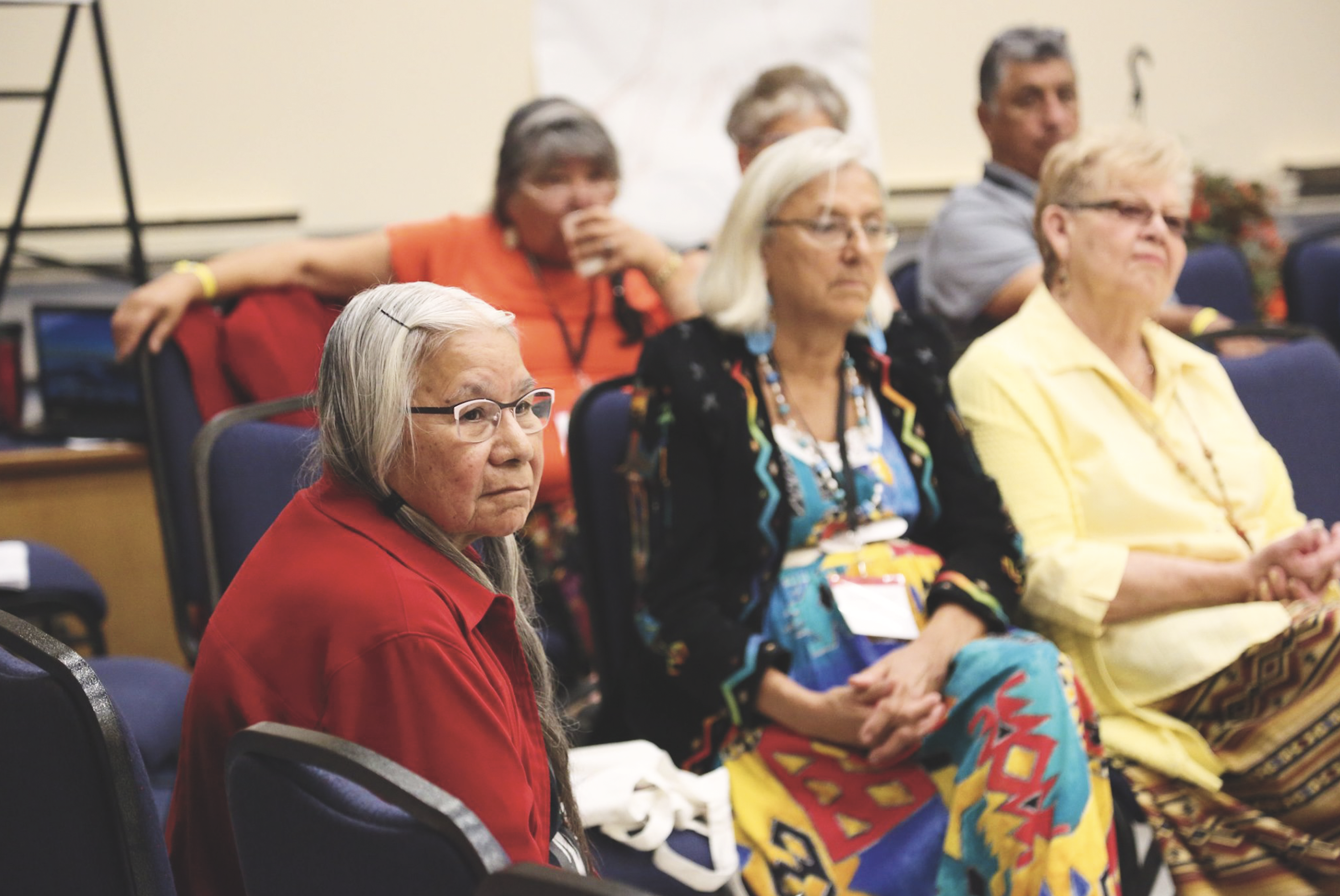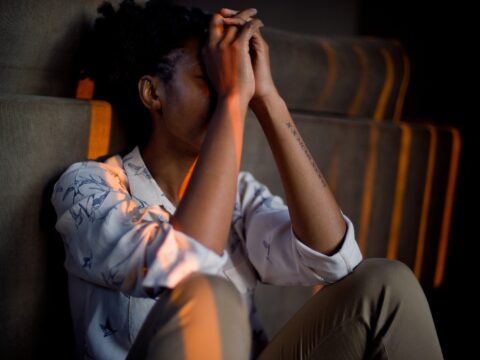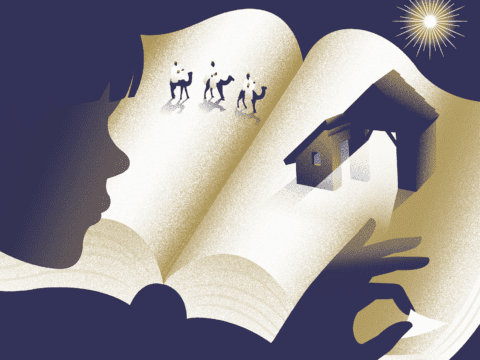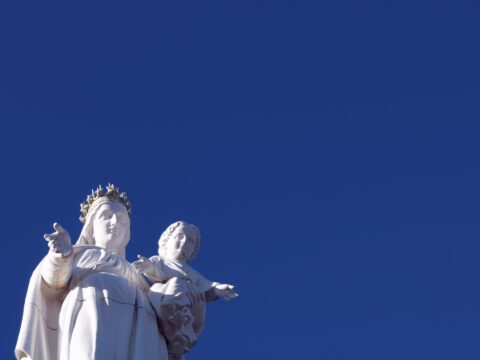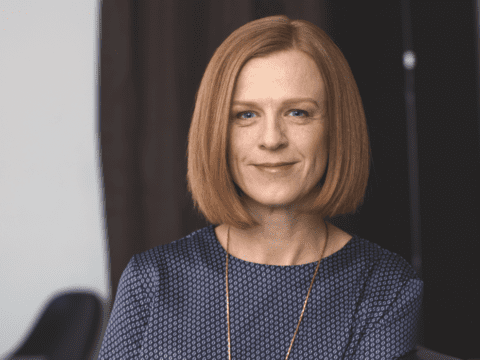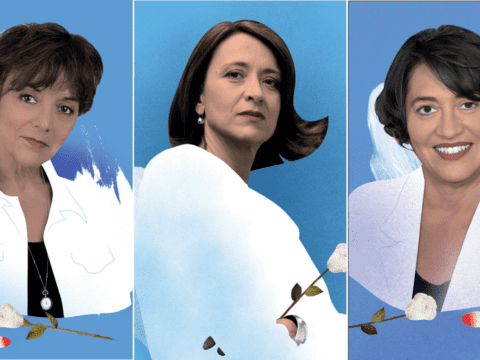The fourth National Indigenous Spiritual Gathering took place in August, marking an important moment in the journey to decolonize the United Church.
When the wider church restructured last year, it left decisions on how the Indigenous church would operate to those communities, as requested by Indigenous church leaders in the Calls to the Church document accepted at 2018’s General Council. That decision-making took place at the four-day gathering on the territory of the Chippewas of Rama First Nation, near Orillia, Ont.
You may unsubscribe from any of our newsletters at any time.
“Delegates spoke, from a long history of disempowerment, to the changes in the dominant church,” such as the loss of the All Native Circle Conference, says Sara Stratton, reconciliation and Indigenous justice animator for the United Church. By the end of the gathering, a new form of Indigenous self-governance was in place.
The new decision-making body for Indigenous communities of faith is the National Indigenous Organization. An eight-member council was chosen to lead it, reflecting the diversity of the Indigenous church in age, gender, geography and vocation. Along with informing policy and practices, the council will receive direction from working groups and future Spiritual Gatherings, and select one person every three years to serve on the General Council Executive.
More on Broadview: United Church general secretary announces retirement
A second council was also named and installed. The 16-member National Elders Council was created to recognize the important role of teachers and knowledge keepers. They will advise the church as a whole, giving counsel and spiritual advice to those who come to them.
Delegates also considered a proposal to establish an Indigenous Region, in addition to the 16 already-existing regional councils of the wider church. The proposal was accepted by those present, but dialogue will continue — one of the new National Indigenous Organization council’s first tasks will be to consult with communities who weren’t part of the consensus.
“We are going to take our first steps in our church with authority,” Elder Jim Angus said on the final day of the gathering. “It’s about time.”
This story first appeared in Broadview‘s December 2019 issue with the title “A new structure for the Indigenous United Church.”
Broadview is an award-winning progressive Christian magazine, featuring stories about spirituality, justice and ethical living. For more of our content, subscribe to the magazine today.

